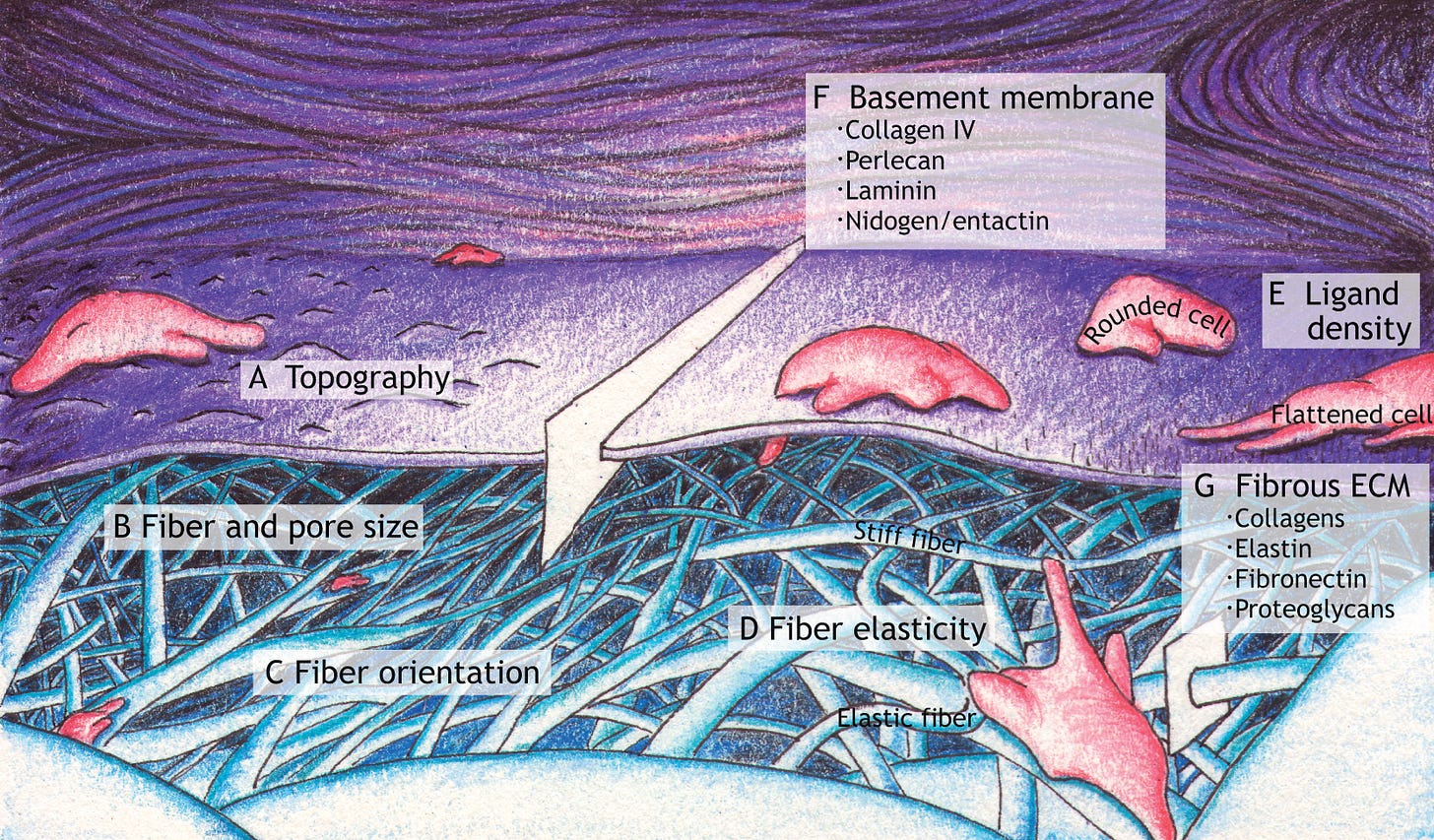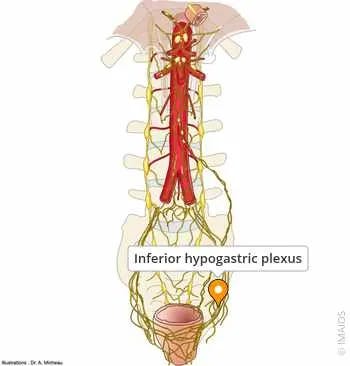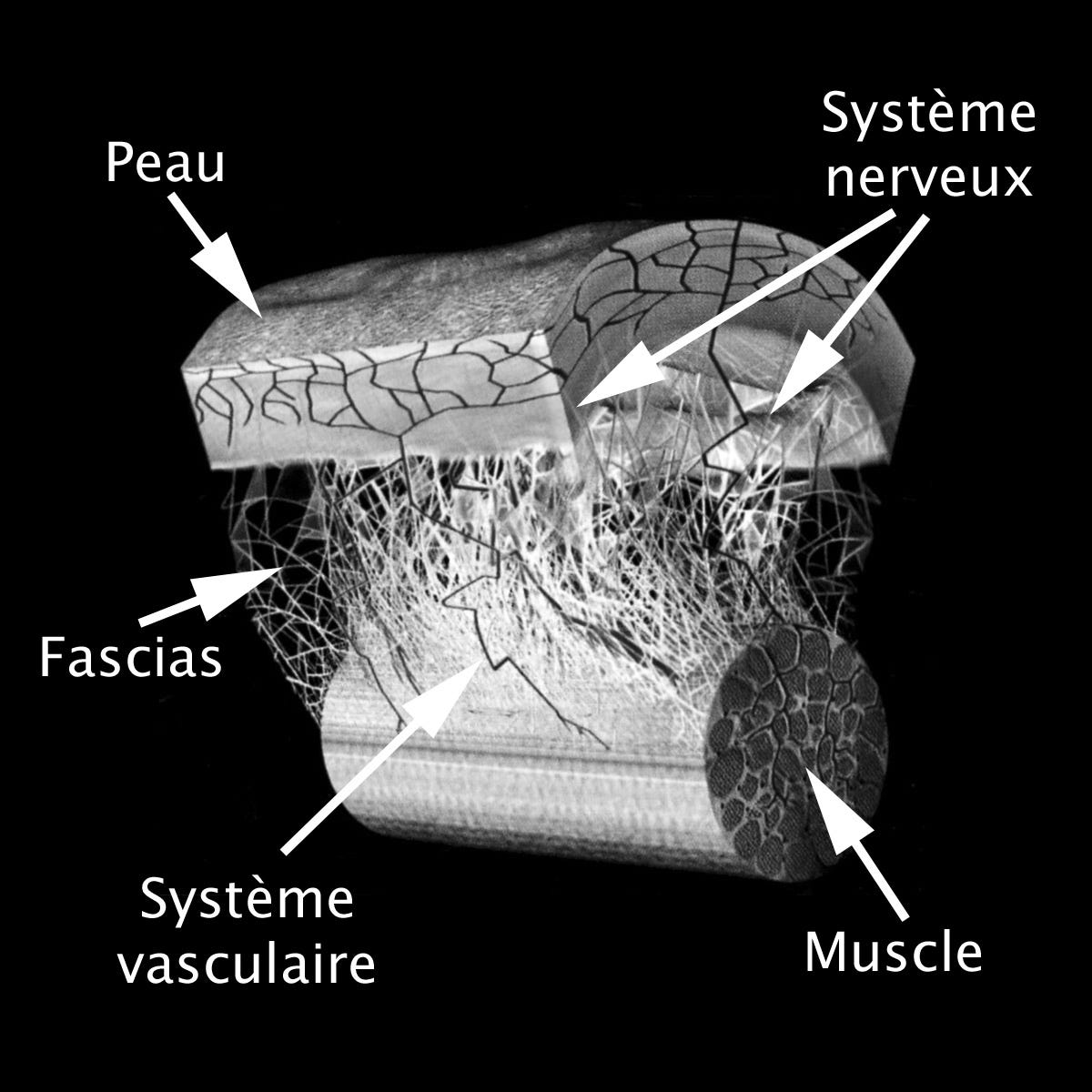Connective Tissue Disorders Also Key to Understanding ‘Miracle Cures’

An adult woman with debilitating fibromyalgia gets a procaine 0.5% injection in the scar tissue of her cranial tumor resection surgery, which she had done when she was young. Immediately afterwards, her generalized pain and tiredness ceased, as if by magic. This case study was shared by Dr. David Vinyes Casajoana in the prologue for the book La Desobediencia Vital (Vital Disobedience) by Dr. Julio César Payán de la Roche. Dr. Vinyes is the director of the Institute of Neural Therapy in Sabadell, Catalonia (Spain).
Mainstream science says this should not have happened. Localized diluted procaine doesn’t even have an anesthetic effect, and its systemic effect can’t be understood if you ignore the role and function of connective tissue and the autonomic nervous system.
The way medical science has divided the human body and physiology, and therefore pathophysiology and disease in general, has created a massive blind-spot in the field, affecting our awareness of objective reality and separating a whole body into systems, favoring a dominant left-brain approach to problem-solving at the expense of the right-brain’s bird’s-eye-view and holistic understanding. I highly recommend The Master and his Emissary: The Divided Brain and the Making of the Western World by Iain McGilchrist, which deals with this blind-spot across all scientific fields.

Connective tissue plays an integral role in keeping things “together” in a cohesive way, and is composed primarily of an extracellular matrix (literally meaning the matrix outside the cell) and various types of cells like the fibroblasts, adipocytes, macrophages, mast cells, and leukocytes.
Specialized connective tissues include adipose, cartilage, bone, blood, and reticular tissues – all essential for the body’s structure and function. Connective tissue is found in between other tissues everywhere in the body. Most types of connective tissue consists of elastic and collagen fibers, ground substance and cells. Blood and lymph are a specialized fluid connective tissue. All are immersed in the body’s water.
Problems arising in the connective tissue, also known as conjunctive tissue, can result in systemic disorders, as in the hypermobile variant of Ehlers-Danlos syndrome, which manifests as many conditions:
– Mast cell activation syndrome (MCAS) (basically, allergies on steroids, everywhere, and because of anything)
– Postural orthostatic tachycardia syndrome (POTS) and dysautonomia (cold or heat intolerance, etc)
– Chronic fatigue syndrome (CFS)
– Irritable bowel syndrome (IBS) (there’s permanent leaky gut because of the conjunctive tissue’s laxity)
– Overactive bladder (urge to urinate all the time, even when the bladder is empty)
– Chronic inflammatory response syndrome (CIRS)
– Dystonias (trembling of the body or certain parts of the body, specially after an effort or exercise)
– Depression and/or severe anxiety and agoraphobia, ADHD, higher than average intelligence (always “top of the class” despite health issues)
– Generalized pain (especially in tendons and around muscle joints, and often without signs of arthritis or arthrosis, “neuropathic” type pain – tissues feel like they’re tearing apart)
– Repetitive subluxations and luxations (all the joints “crack” or dislocate, temporomandibular joint dysfunction)
– Eye problems (double vision, heterophoria, dry eyes, myopia)
– Bleeding tendencies (gums, bruises, hematomas, heavy menstruation, etc)
– Hormonal imbalances (endometriosis, hypothyroidism, etc)
– Propensity to have cysts in body organs, subcutaneous tissue, lipomas (fatty nodules), etc.
– Sleeping disorders like restless legs syndrome and decreased deep sleep cycles
– Generalized proprioceptive disorders where your sense of self in space doesn’t work due to an anomaly of the millions of sensors in all your connective tissues (people stumble against doors handles, suck at parking their cars, etc)
– Skin transparency and elasticity (facilitating “electrical shocks” when they open their cars or when touching other people, hypertrophic scars, look younger than their biological age)
– Hypermobile joints (doing splits and other elastic maneuvers with your joints requires no yoga training)
– Tissue laxity and fragility (grade IV hemorrhoids, organ prolapse, diverticulosis, lymphedema, arterial aneurysms, etc)
It’s useful to see certain problems from the point of view of the extracellular matrix (ECM) or connective tissue because it helps us to think more holistically (with our “right brain”) as opposed to seeing everything by systems, molecules, genome, biochemistry, etc. It’s the best way to integrate a complex organism instead of getting lost in the minute details – something the left brain adores.
Given the complexity and exclusivity of the conjunctive tissue, and given that so many are affected by conjunctive tissue disorders, there’s a gaping lack of awareness on this subject. Many have stumbled upon diagnosis and therapeutics by accident or through hard-earned personal experience. For instance, people with Long COVID can resonate with the issues that hypermobile Ehler Danlos patients deal with on a daily basis since the spike protein is literally spiking the connective tissue. Those with Sjögren Syndrome, Systemic Lupus Erythematosus, polyarthritis and Long COVID essentially have acquired connective tissue diseases.
Fascia: The most sensory organ in the body
In some research fields, fascia and connective tissue are used interchangeably. For practical purposes, it makes the subject of connective tissue less non-material and, therefore, more graspable for people who are familiar with the minute details of the body.
We tend to think of fascia as a very mechanical thing. For some, the importance of fascia is reduced to getting a good massage in order to feel better. And yet, fascia is intimately interconnected with the neurological system, opening the door to understanding how the entire body is regulated. The fascia has it all, and this might be true in ways we don’t yet understand as we develop tools to study it better. It has nerves, blood vessels, lymphatics, hormones, peptides, neurotransmitters. It is considered like a bodyguard or “watchman” as it is the depository of information from within and without.
People with fascia issues have pain, fatigue, brain fog, allergies, chronic inflammation, autonomic nervous system issues, etc. (See the above list of symptoms in hypermobile Ehlers-Danlos syndrome above).
I once believed that the autonomic nervous system was the most unrecognized system in Western medicine, but now I think connective tissue takes that position. Ignorance about it explains why conventional practitioners were so unprepared to deal with fibromyalgia and chronic fatigue syndrome, relegating them to “it’s all in your head” and “just get over it.” And it’s the reason why most health practitioners have no idea what connective tissue disorders are or what they involve. Ignorance in this field still reigns supreme, despite some growing awareness.
Just as cell membranes (cell “mem-brain”) are known to be of critical importance for the cell itself to the point that some consider it the cell’s real brain, fascia/connective tissues have “mem-brain” like properties for everything that they connect with and encapsulate. And there is connective tissue connecting absolutely everything. In the simplest of terms, it’s the connecting interface of the muscles/joints, hormones, and the autonomic nervous system. Here’s some fascinating information covering the “knots and bolts,” from Slater et al. 2024:
Fascia as a regulatory system in health and disease
Fascia surrounds, supports and protects every nerve, muscle, blood vessel, and organ in the body, and is abundantly innervated (7, 8). Fascia is estimated to house over 250 million nerve endings (8), with sensory neurons outnumbering motor neurons 9:1 in some regions (9). Fascia houses 25% more nerve endings than skin, and 1,000% more than the collective innervation of muscle, so fascia could very well be considered our richest sensory organ (7, 8).
Fascial integrity is paramount to movement, bodily sense, hormonal, autonomic and neurovascular regulation, and purposeful interaction with our environment. For movement and locomotion, fascia regulates posture (2), force transmission (10), strength generation (11), elastic recoil (12), proprioception (1), exteroception, and interoception (13). Fascia also regulates lymphatic efficacy (14), protection of delicate neural and vascular elements and organs (4), thermoregulation, inflammatory and immune responses (15), wound healing (16), hormonal production and secretion (adrenaline, estrogen, insulin, thyroid hormones, oxytocin) (17, 18), and venous return (19). Fascia plays a critical role in the transmission of neurotransmitters, namely serotonin, dopamine, GABA, and acetylcholine (17, 20). The regulation of peripheral resistance arteries by interfacing fascial tissue is essential for control of blood pressure, and for the increase in blood flow to the central nervous system and the heart under stress conditions (21). Alterations in the superficial fascia can also reciprocally lead to lymphedema/lipedema, which in turn may exacerbate suboptimal health of superficial fascia (22). Fascial morphology is initially determined by embryological and early childhood development (23), and undergoes perpetual adaptation across the lifespan in response to functional demand. Fascia is constantly evolving, both dependent on and modulating sustained postures, repetitive movement, quantity of motion, load (24), stress, strain, hydration (25), pH, temperature (23), neurotransmitters, and hormones (26).
The fundamental components of fascial tissue are primarily specialized cells, collagen fibers, elastin fibers, and an extracellular matrix (ECM): (2).
• Cells provide the metabolic properties of the fascial tissue.
• Collagen and elastin fibers provide mechanical strength.
• ECM (also known as the ground substance) provides plasticity and elasticity.
Fascial cell types include fibroblasts, fasciacytes, adipocytes, macrophages and mast cells (27), undifferentiated mesenchyme cells, chondroblasts, chondrocytes, osteoblasts, and osteocytes (28). ECM contains hyaluronan (hyaluronic acid; HA), glycosaminoglycans (GAGs), water and ions (2). GAGs create an osmotic imbalance, which enables the ECM to attract up to 1,000 times its own weight in water (29). This hydrophilic quality of proteoglycans (glycoproteins that contain GAGs) is responsible for maintaining the volume of the extracellular matrix, which is constrained by the surrounding collagen fibers (30). The capacity for ECM to attract up to 1,000 times its weight in water is particularly important, because fascia is the “arena” in which localized acute inflammation and edema occurs (30).
Fascia evolves almost exclusively from the mesodermal layer during embryological development (23). Embryos first develop cerebrospinal fluid and fascia, then the remaining body systems and structures form within this “endless web” of fascia (23, 31). Fascia facilitates “a true continuity throughout our whole body” (2), and has been referred to as the “organ of form” (32), and “the architect of human movement” (22)
Why This”Miracle Cure” Works
Alternative practitioners, who have mastered non-mainstream treatments to deal with these various problems at the level of the connective tissue and its relation to the autonomic nervous system, witness miracle cures every day.
In neural therapy, for instance, 5 ml of procaine 0.5% in the pelvic node (inferior hypogastric nerve plexus) will reset an overactive bladder without the need for drugs or a permanent pacemaker-type implant. Even though procaine’s effects lasts only a few minutes, a patient’s symptoms might be relieved for years. This is due to the fact that diluted procaine is not used as an anesthetic.

Procaine has dielectric properties, facilitating “resets”. Targeting nerves with it is akin to resetting your computer following a “blue screen of death,” or when a computer program won’t work: you call the IT guy, and get asked “have you tried restarting your computer?”
When a tissue is irritated, it favors a state of sustained desporalization, which then leads to a dysfunctional cell, the latter serving as an interfering impulse foci to the autonomic nervous system. Diluted procaine helps to repolarize the cell and stabilize the cell membrane’s electrical potential, which then leads to greater capacity of the autonomic nervous system to regulate itself.
Essentially, the interfering field is reset. Repeated treatments with procaine in recalcitrant cases will lead to better and better results, as the interfering foci are decreased. It’s one of the few occurrences in medicine in which you can witness this effect.
Procaine stabilizes the cell membrane’s electrical potential, facilitating a better regulation of the nervous system.
Similar results can be seen with fascia treatments done by a Rolfing massage therapist, a good osteopath or chiropractor. Often, there are emotional releases.
Due to the complexity of the connective tissue and its interconnectivity with the autonomic nervous system, alternative practitioners have learned to expect “action at a distance” and have understood why throughout the decades. They know that treating a dental problem could resolve issues at the level of the feet. Those who are not used to this way of thinking will find it strange to see the practitioner looking into the mouth and touching the gums even though the reason for consultation was plantar fasciitis.
I hope this overview has piqued your interest in learning more about this subject.
Further reading
Manual of Neural Therapy According to Huneke
https://institutdeterapianeural.com
Alison M. Slater et al. Fascia as a regulatory system in health and disease. Front. Neurol. 07 August 2024, Sec. Autonomic Disorders. Volume 15 – 2024 | https://doi.org/10.3389/fneur.2024.1458385
ShareSEP





About the Author:
A countryside family medicine doctor and former heart surgeon in service of the Hippocratic Oath.